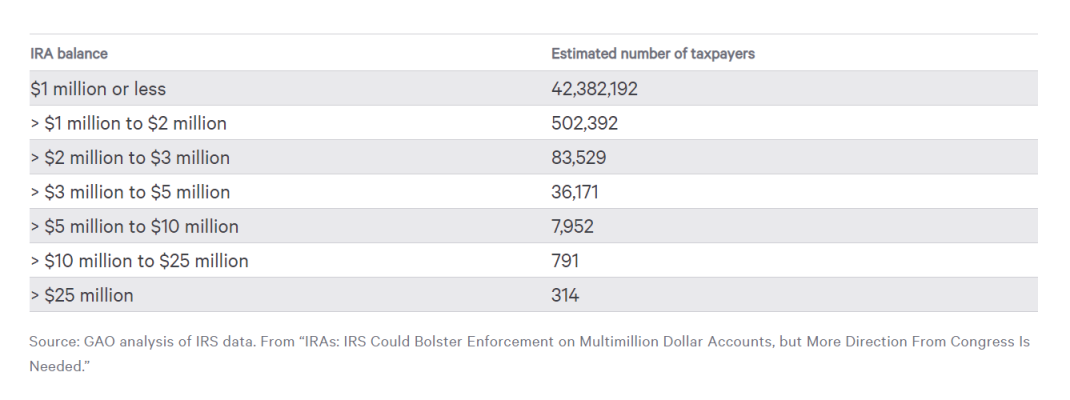steelyman
Moderator Emeritus
This may be a repeat from earlier in this thread but it’s an update on SECURE act progress (or lack) from CNBC:
[ADDED] The quote below has a biased slant to it (I think) but the linked article is a bit more balanced.
https://www.cnbc.com/2019/06/21/why...ng-major-retirement-reform-in-the-senate.html
[ADDED] The quote below has a biased slant to it (I think) but the linked article is a bit more balanced.
The Secure Act was approved by the House on May 23 by 417-3. Proponents were said to be hoping to push it through the Senate using a process called unanimous consent.
That means that the Senate would vote on the House version without making changes.
That hasn't happened partly due to opposition from Senator Ted Cruz, R-Texas. Proposals he supports to expand the use of 529s to pay for home schooling and therapy for disabilities, among other expenses, were dropped from the House legislation.
Other expansions of the 529 college savings program, including the ability to pay for student loans and apprenticeships, remained.
"The retirement bill that unanimously passed in the House Ways and Means Committee included the expanded 529 savings plan package," a spokesman for Cruz said. "Unfortunately, at the behest of special interest groups, Speaker Pelosi removed the 529 expansion from the bill before sending it to the Senate."
"Senator Cruz believes we should add it back in and pass a retirement bill that includes both the Gold Star tax fix and the 529 expansion," the spokesman said. The Gold Star fix would prevent children and spouses of fallen service members from getting hit with unexpectedly high tax bills following recent tax reform changes.
https://www.cnbc.com/2019/06/21/why...ng-major-retirement-reform-in-the-senate.html
Last edited:



